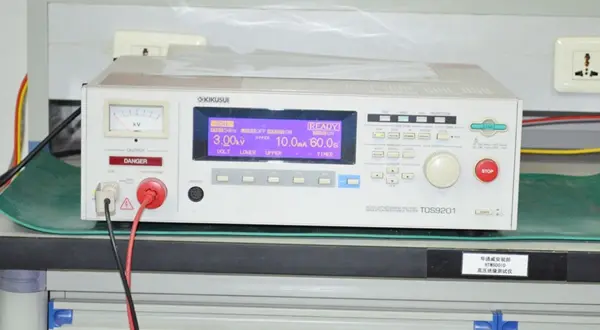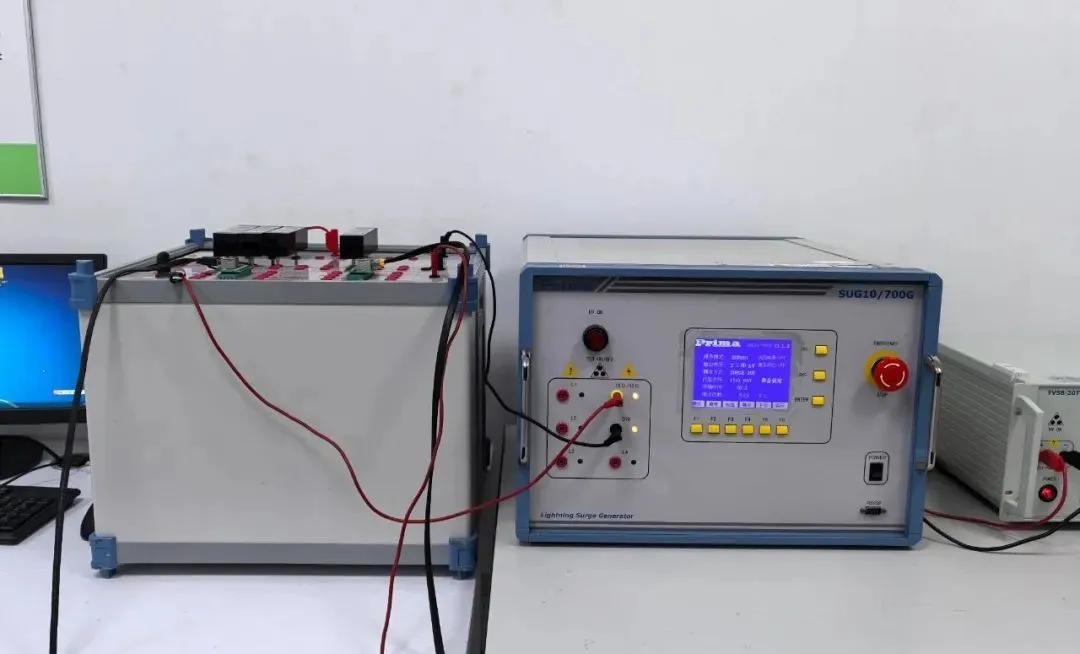
FCC ID Certification for Wireless Cameras
With the advancement of technology, people's daily lives are becoming increasingly intertwined with tech. We can observe that surveillance cameras are prevalent in various locations such as streets, companies, and shopping malls. Unlike traditional cameras, wireless cameras are more compact. If a wireless camera is to be sold in the United States, it must obtain fcc id certification.
FCC Certification Standards for Wireless Cameras
When obtaining FCC certification for wireless cameras in the U.S., testing and certification typically need to comply with the following fcc standards. Different standards apply to different types of wireless devices, depending on the camera's wireless communication methods and frequency bands:
1. FCC Part 15 (47 CFR Part 15)
fcc part 15 governs unlicensed radio transmission devices and applies to most wireless cameras, particULarly those using Wi-Fi, Bluetooth, or other unlicensed bands. Key testing areas include:
- 15.247: For wireless devices operating in the 2.4 GHz and 5 GHz bands, such as Wi-Fi and Bluetooth. This section outlines the technical requirements for frequency hopping spread spectrum and digital modulation systems.
- 15.249: Applicable to certain low-power transmitters used by some wireless cameras, primarily targeting the 2.4 GHz band.
- 15.109 & 15.107: These limit radiation and conducted interference (EMI/EMC) from devices.
- 15.209: Describes general radiation limits confined to specific frequency bands.
2. fcc part 90 (47 CFR Part 90)
If the wireless camera operates in specialized or dedicated bands (e.g., police or public safety frequencies), testing may need to follow FCC Part 90.
3. FCC Part 2 (47 CFR Part 2)
This part outlines the certification and testing procedures for wireless devices, including RF exposure assessments and emc testing requirements. Devices must ensure compliance with RF energy exposure limits before transmitting wireless signals, often through SAR (Specific Absorption Rate) testing.
4. RF Radiation Exposure
For wireless cameras using high-power transmitters, the FCC requires RF radiation exposure evaluations to ensure no harmful electromagnetic radiation affects human health. This is usually conducted according to FCC Part 2 and typically involves:
- SAR: Evaluating the RF exposure of the device to the human body.
- MPE (Maximum Permissible Exposure): For long-range devices, such as outdoor wireless cameras.
5. FCC Parts 22, 24, 27 (Mobile Communications Devices)
If the wireless camera can use cellular networks (like 4G or 5G), it must be tested according to these standards, especially regarding frequency emissions and communication functions.
Main testing content includes:
- Output Power: Ensuring the transmission power is within specified limits.
- Out-of-Band Emission: Ensuring emissions do not occur outside licensed bands.
- Bandwidth: Checking that the bandwidth occupied by the wireless signal complies with regulations.
- EMC: Testing for radiation and conducted interference.
- Antenna Gain: Ensuring antenna gain is within acceptable limits.
What is FCC Certification?
FCC certification is a mandatory certification in the U.S. for EMC, primarily targeting electronic products operating between 9 kHz and 3000 GHz, covering aspects like radio and communication, especially regarding radio interference issues in wireless communication devices and systems, including interference limits, measurement methods, certification systems, and organizational management. The FCC ID is the certification mode requiRED for wireless products to obtain FCC certification.
Preparation Materials for Wireless Camera FCC ID Certification:
1. Application form
3. FCC Authorization Letter: Signed and stamped by the contact person of the applying company, scanned into an electronic document.
4. FCC Confidentiality Letter: A confidentiality agreement signed and stamped by the contact person of the applying company, scanned into an electronic document.
5. Block Diagram: Must illustrate all oscillators, their frequencies, and be consistent with the schematic.
6. Schematic Diagram
7. Circuit Description: Written in English, clearly describing the product's functional principles.
8. User Manual: Must include FCC warning statements.
9. Test Report
10. Label and Label Location: Labels must include the FCC ID number and statement, placed prominently.
11. Internal and External Photos: Clear images with necessary annotations if needed.
12. Test Photos
13. Technical Specification Document (including product transmission frequency, channel number, transmission power, modulation method, etc.)
Process for Applying for FCC ID Certification for Wireless Cameras:
Step 1: Application (1. Fill out the application form 2. Company information form 3. Provide product materials)
Step 2: Quotation (Determine testing standards, testing time, and corresponding fees based on provided materials)
Step 3: Payment (After the applicant confirms the quote, sign the application form and service agreement, and pay the full project fee.)
Step 4: Testing arranged by China JJR Laboratory (The laboratory conducts a full suite of tests on the applied product according to relevant U.S. testing standards.)
Step 5: Testing passes, report completed
Step 6: Project completion, fcc certificate issued
Email:hello@jjrlab.com
Write your message here and send it to us
 How to get EN 62368-1 Test Report
How to get EN 62368-1 Test Report
 EN 300 328 Bluetooth Test Report
EN 300 328 Bluetooth Test Report
 How to get the EN 300328 Test Report?
How to get the EN 300328 Test Report?
 In-depth Interpretation of SAA Certification Q&
In-depth Interpretation of SAA Certification Q&
 Differences Between EN71 and CPC for Children's To
Differences Between EN71 and CPC for Children's To
 IP56/IP67/IP68 Waterproof and Dustproof Rating Tes
IP56/IP67/IP68 Waterproof and Dustproof Rating Tes
 CPC Certification Requirements
CPC Certification Requirements
 Amazon Electric Kettle Certification UL1082 Test
Amazon Electric Kettle Certification UL1082 Test
Leave us a message
24-hour online customer service at any time to respond, so that you worry!




